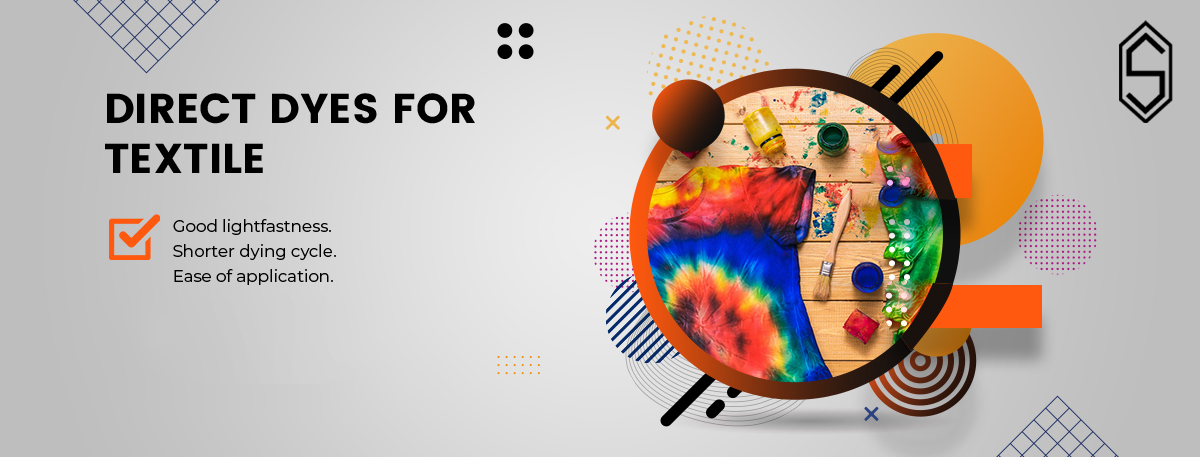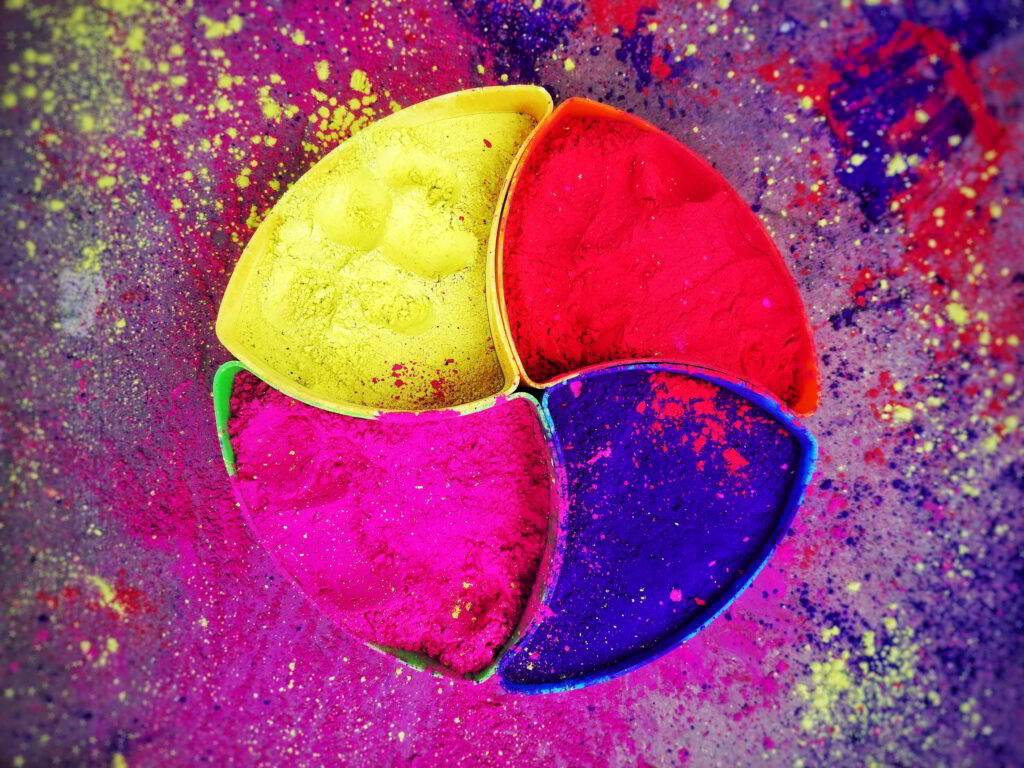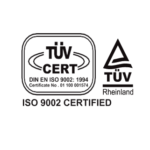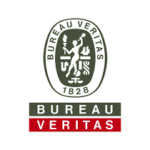
Sardar Chemicals AZO Free Direct Dyes
Sardar Chemicals, a leading dyes manufacturer, manufactures a complete range of direct dyes and some products for which we are the sole manufacturer in Pakistan. Azo free dyes offered by Sardar Chemicals are suitable for dyeing cotton and viscose in fabric, yarn, loose cotton form. These azo free dyes are available in a complete range. Our range is supplied in suitable and durable packaging to ensure that it reaches our clients safely and can be stored to maintain their shelf life. By using azo free dyes it not only saves nature, human body and environment. It is our social responsibility to use azo free dyes.
- It is crucial to note that prevention is key when working with direct dyes. Take precautionary measures to avoid staining your clothes or surfaces by wearing protective gloves, covering work surfaces, and carefully following the dyeing instructions provided by the manufacturer. Remember, the effectiveness of dye removal methods can vary depending on the specific dye, the material being treated, and other factors. Always test anyway on a small, inconspicuous area before proceeding with the entire stained area, and if you need more clarification, seek professional advice.

Colors
Sardar Chemicals’ AZO Free Direct Dyes services offer a reliable and sustainable solution for various dyeing applications. Their commitment to producing dyes that are free from harmful AZO compounds demonstrates their dedication to environmental responsibility and customer safety. By providing high-quality dyes that adhere to international standards, Sardar Chemicals ensures that their products meet the demands of industries such as textile, leather, and paper.
| DIRECOL BLACK BR 150% | C.I No. DIRECT BLACK 19 |
| DIRECOL DARK BROWN 1182 | C.I No. DIRECT BLACK 22 |
| DIRECOL Navy BLUE 2282 | C.I No. DIRECT BLUE 67 |
| DIRECOL ORANGE RSN | C.I No. DIRECT RED 80 |
C.I No. DIRECT RED 9 | C.I No. DIRECT YELLOW 27 |
C.I No. DIRECT RED 227 | C.I No. DIRECT YELLOW 162 |
C.I No. DIRECT VIOLET 51 | C.I No. DIRECT BLUE 199 |
C.I No. DIRECT VIOLET 7 | C.I No. DIRECT YELLOW 28 |

- Good lightfastness
- Mainly applied on cellulosic fibers but suitable for protein fibers also like nylon, silk, and wool
- Shorter dyeing cycle
- Ease of application
1
Pre-treat with a color remover
Color removers are available in the market specifically designed to strip color from fabrics. Follow the instructions on the product carefully and pre-treat the stained area before washing. These color removers work by breaking down the dye molecules, making it easier for them to be washed away.
2
Try a bleach solution
The bleaching process can lighten or remove direct dye stains, but it can damage certain fabrics or surfaces. Do a spot test on a small, inconspicuous area of the material. Put a small amount of bleach in water and apply it to the stained area. To remove bleach residue, rinse thoroughly and launder immediately.
3
Consult a professional
If the above methods are unsuccessful or you are dealing with a delicate or valuable item, it is recommended to seek professional help. Professional dry cleaners or color specialists have the expertise and specialized products to safely remove stubborn direct dye stains.





